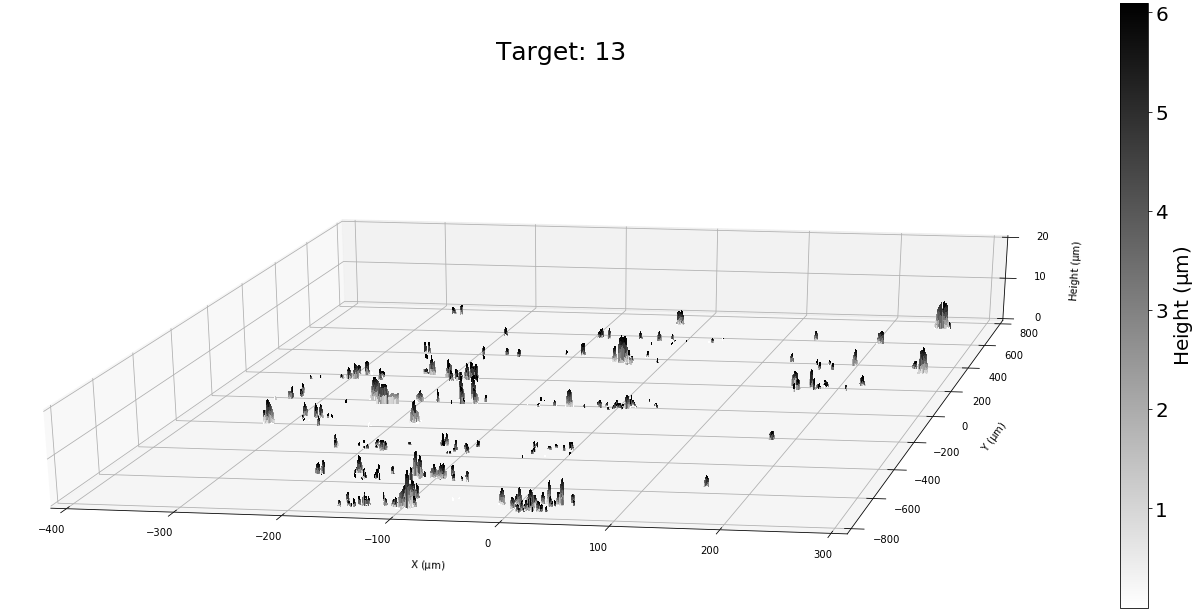- 1Austrian Academy of Sciences, Space Research Institute, Austria (minjae.kim@oeaw.ac.at)
- 2IRAP, Universit de Toulouse, CNRS, CNES, UPS, 9 avenue Colonel Roche, FR-31400, Toulouse, France
- 3Istituto Nazionale di Astrofisica, Istituto di Astrofisica e Planetologia Spaziali, via Fosso del Cavaliere 100, I-00133 Rome, Italy
- 4European Space Astronomy Centre, Camino Bajo del Castillo, s/n., Urb. Villafranca del Castillo, 28692 Villanueva de la Ca ada, Madrid, Spain
- 5Scientific Support Office, Directorate of Science, European Space Research and Technology Centre, 2201 AZ Noordwijk, The Netherlands
Comets are thought to have preserved dust particles from the very beginning of Solar System formation, providing a unique insight into intricate processes like dust growth mechanisms. The Rosetta mission offered the best opportunity to investigate nearly pristine cometary dust particles of comet 67P/Churyumov–Gerasimenko. In particular, among the three in-situ dust instruments, the MIDAS (Micro-Imaging Dust Analysis System) atomic force microscope collected cometary dust particles with sizes from hundreds of nanometres to tens of micrometres on dedicated targets and recorded their 3D topographic information and related parameters (Bentley et al. 2016a). However, the straightforward dust collection strategy, i.e., simply hitting the collection targets, leads to an unknown degree of collection alteration (Mannel et al. 2016; Bentley et al. 2016b).
We aim to understand dust alteration during collection and determine which structural properties of the MIDAS dust particle remained pristine. An exhaustive dust particle catalogue for MIDAS is created, containing 3494 dust particles with (meta)data. Among these particles, we carefully select 1082 particles that are eligible for a more extensive structural investigation. First, we generate sophisticated dust maps showing the distribution of the selected dust particles on the collection targets and investigate dust clustering, i.e., determination of which of the particles stem from a single parent particle that fragmented upon the collection impact. Additionally, in the collaboration with Longobardo et al. in preparation, we use an algorithm to determine from which cometary source regions which MIDAS particles were stemming (Longobardo et al. 2020). Next, we develop MIDAS particle shape descriptors such as aspect ratio (i.e., height of the particle divided by the square root of area; Lasue et al. 2019), elongation, circularity, convexity, and particle surface/volume distribution. Furthermore, we compare the structure of the MIDAS dust particles and the clusters to those found in the laboratory experiments (Ellerborek et al. 2017) and by COSIMA/Rosetta (Langevin et al. 2016). Finally, we combine our findings to calculate a pristinity score for MIDAS particles and determine the most pristine particles and their properties.

Fig 1. 3D dust coverage map of target 13
We find there is only a weak trend between shape descriptors and cometary source regions, cluster morphology, and particle characteristics such as size and particle morphology. For example, particles ejected from smooth or rough terrain are similar in their investigated shape properties, which implies dust particle activity such as dust ejection, partial dry out, and recycled dust material are not responsible for the structure of particles at the micrometre scale. Furthermore, the aspect ratio distributions suggest that the subunits of different cluster types are similar in their shape and composition. Thus, the different cluster morphologies detected by MIDAS are not created by a change in subunit properties, but rather by different impact velocities, a result in good agreement with the finding of laboratory experiments (Ellerbroek et al. 2017) and simulations (Lasue et al. 2019). Next, the types of clusters found in MIDAS show good agreement (Ellerbroek et al. 2017), however, there are some differences to those found by COSIMA (Lasue et al. 2019). Furthermore, our pristinity score shows that almost half of MIDAS particles suffered severe alteration by impact, which indicates dust alteration was inevitable with the given dust collection strategy. Consequently, only ~ 20 particles were rated 'moderately pristine' particles, i.e., they are not substantially flattened by impact, not fragmented, and/or not part of a fragmentation cluster. The microphysical properties of pristine cometary materials are established in this study and can be translated into properties of laboratory analogue materials for future study to understand comets and early Solar System processes.
How to cite: Kim, M., Mannel, T., Lasue, J., Longobardo, A., Bentely, M., and Moissl, R.: Primitiveness of cometary dust collected by MIDAS on-boardRosetta, Europlanet Science Congress 2022, Granada, Spain, 18–23 Sep 2022, EPSC2022-3, https://doi.org/10.5194/epsc2022-3, 2022.

